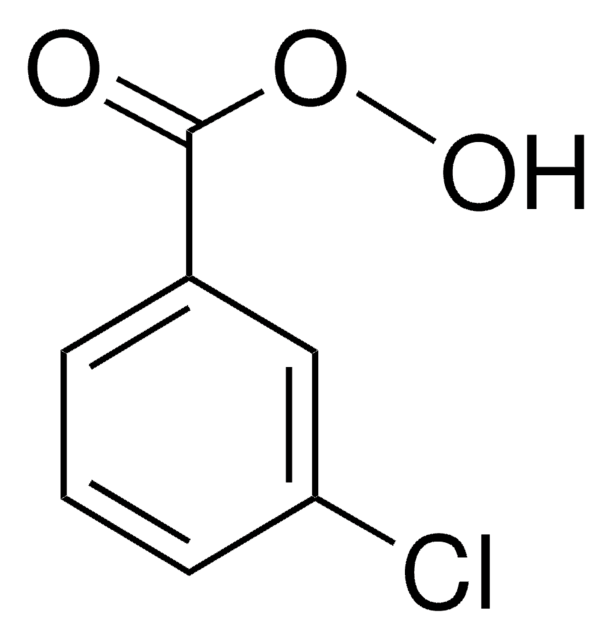SML0384
Eicosapentaenoyl ethanolamide
5 mg/mL in absolute ethanol, ≥98% (HPLC)
Synonym(s):
(5Z,8Z,11Z,14Z,17Z)-N-(2-Hydroxyethyl)-5,8,11,14,17-eicosapentaenamide, EPEA
About This Item
Recommended Products
Quality Level
Assay
≥98% (HPLC)
form
solution
drug control
regulated under CDSA - not available from Sigma-Aldrich Canada
storage condition
protect from light
under inert gas
concentration
5 mg/mL in absolute ethanol
color
light yellow
storage temp.
−20°C
SMILES string
CC\C=C/C\C=C/C\C=C/C\C=C/C\C=C/CCCC(=O)NCCO
InChI
1S/C22H35NO2/c1-2-3-4-5-6-7-8-9-10-11-12-13-14-15-16-17-18-19-22(25)23-20-21-24/h3-4,6-7,9-10,12-13,15-16,24H,2,5,8,11,14,17-21H2,1H3,(H,23,25)/b4-3-,7-6-,10-9-,13-12-,16-15-
InChI key
OVKKNJPJQKTXIT-JLNKQSITSA-N
Biochem/physiol Actions
Other Notes
Storage Class Code
10 - Combustible liquids
WGK
WGK 3
Flash Point(F)
Not applicable
Flash Point(C)
Not applicable
Regulatory Listings
Regulatory Listings are mainly provided for chemical products. Only limited information can be provided here for non-chemical products. No entry means none of the components are listed. It is the user’s obligation to ensure the safe and legal use of the product.
JAN Code
SML0384-25MG:
SML0384-5MG:
SML0384-BULK:
SML0384-VAR:
Certificates of Analysis (COA)
Search for Certificates of Analysis (COA) by entering the products Lot/Batch Number. Lot and Batch Numbers can be found on a product’s label following the words ‘Lot’ or ‘Batch’.
Already Own This Product?
Find documentation for the products that you have recently purchased in the Document Library.
Our team of scientists has experience in all areas of research including Life Science, Material Science, Chemical Synthesis, Chromatography, Analytical and many others.
Contact Technical Service